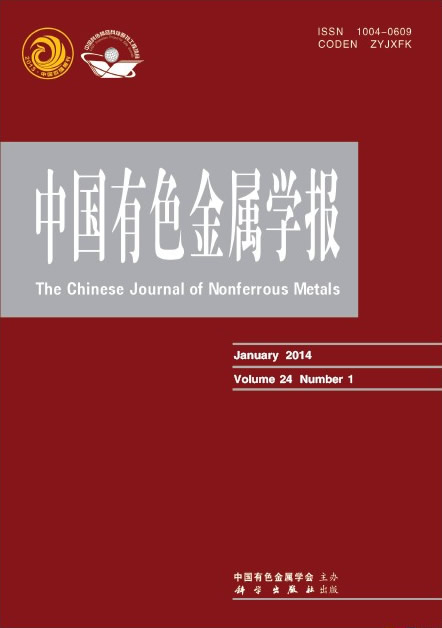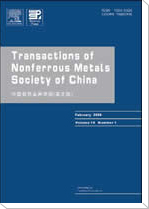(中南大学 化学化工学院,长沙 410083)
摘 要: 为了研究铜的萃取过程,通过构建互不相溶微孔界面电化学方法,研究Cu2+在水/1,2-二氯乙烷界面上与LIX84I的配位转移过程,获得Cu2+与LIX84的扩散动力学参数和界面转移机理。结果表明:当LIX84配体浓度过量时,萃取过程中Cu2+从水相线性扩散至界面的过程为控制步骤,并与LIX84I在界面发生配位反应后,铜配合物以球形扩散迁移至有机相中;当Cu2+离子过量时,LIX84I从有机相球形扩散至两相界面与Cu2+配位后,铜配合物也以球形扩散迁移至有机相中。Cu2+与LIX84I的萃取过程在两相界面进行,符合界面络合转移和界面离解转移的扩散机理。
关键字: 液/液界面;铜萃取;离子转移;电化学
(School of Chemical and Chemistry Engineering, Central South University, Changsha 410083, China)
Abstract:In order to study the copper extraction process, based on the electrochemical methods for ion transfer at micro-oil/water interface, the transfer process of Cu2+ assisted by LIX84I at the water/1, 2-dichloroethane interface was investigated. The dynamics parameters of the extraction process and the transfer mechanism of copper(II) were obtained. The results indicate that, when the LIX84I is excess, Cu2+ transfers from aqueous phase to oil/water interface and complexes with LIX84I controlled by a linear diffusion, whereas, the transfer process of LIX84I from the organic phase to oil/water interface and complex with Cu2+ controlled by spherical diffusion when Cu2+ is greatly excess. In both cases, the Cu2+ complexes transfer to the organic phase with a spherical diffusion. The Cu2+ complexes form at interface with an interface complexation transfer and interface dissociative transfer mechanism.
Key words: liquid/liquid interface ; copper extraction; ion transfer; electrochemistry


